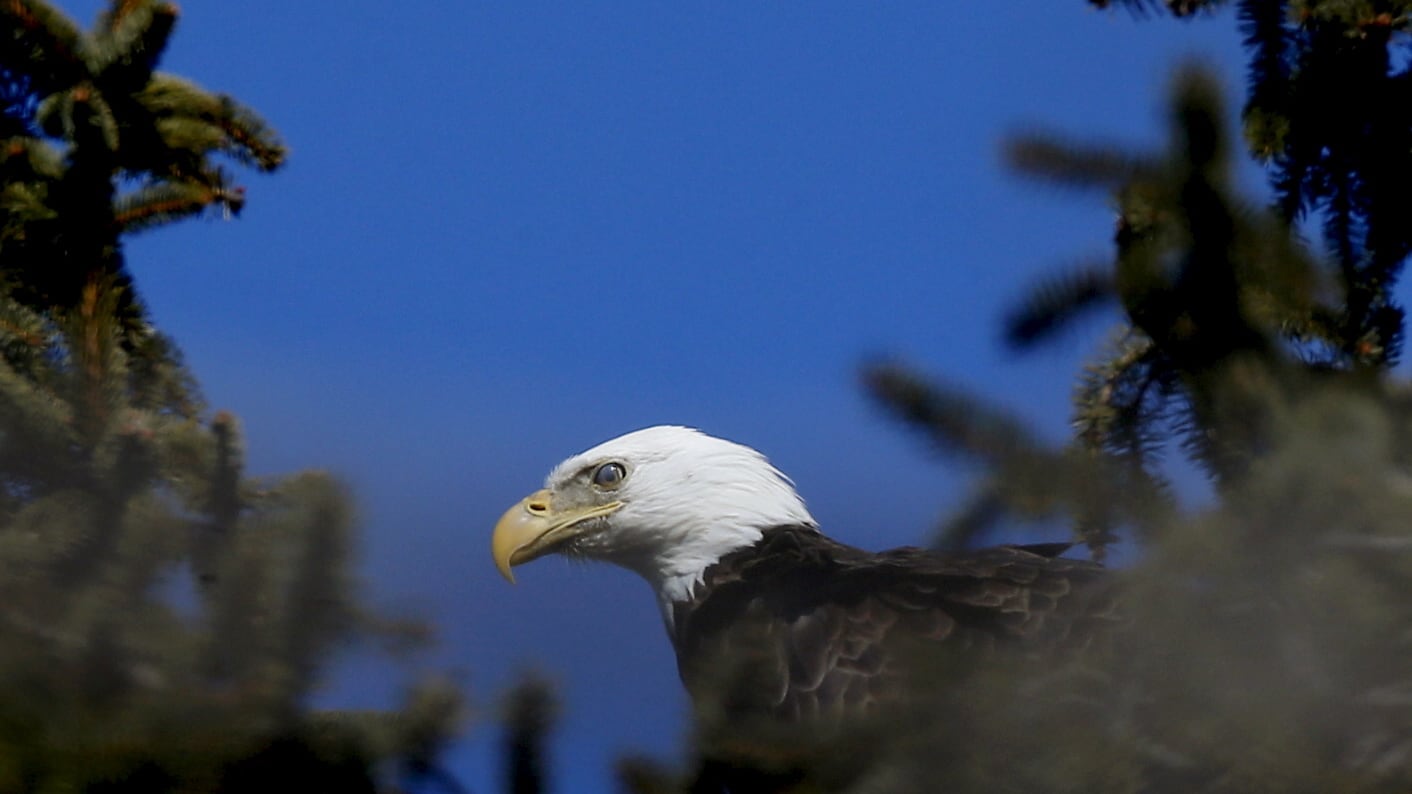The Trump administration has announced changes to the Endangered Species Act that will significantly weaken the protections on critical habitats and the vulnerable animals that call them home. Since the act was signed into law in 1973, it has been the most effective piece of legislation in the protection of wildlife, saving several species from the brink of extinction. The changes are meant to square with the president’s call to ease the “regulatory burden on the American public,” according to Commerce Secretary Wilbur Ross. “The Act’s effectiveness rests on clear, consistent and efficient implementation,” said Interior Secretary David Bernhardt in a statement announcing the changes. Both men said the revisions are not intended to sacrifice species’ protection and recovery.
The new rules will add hurdles for regulators attempting to factor in climate change when determining species protections. The government will now have more leeway in interpreting the phrase “foreseeable future”—enabling regulators to disregard consequences of climate change that may occur decades from now. And, for the first time, the process will now take into account economic factors when deciding which species deserve protection. “There can be economic costs to protecting endangered species,” said Drew Caputo, vice president of litigation for lands, wildlife, and oceans at Earthjustice. “[But] if we make decisions based on short-term economic costs, we’re going to have a whole lot more extinct species.”
Read it at The New York Times




